THE YEAR 1923 IS A VERY HISTORICAL YEAR IN THE HISTORY OF LAHORE FORT – PRESENCE OF ENGLISH GARRISON CAME TO AN END AND START OF THOROUGH RESEARCH FROM THE ARCHAEOLOGICAL SURVEY OF INDIA MR R. HARGREAVES
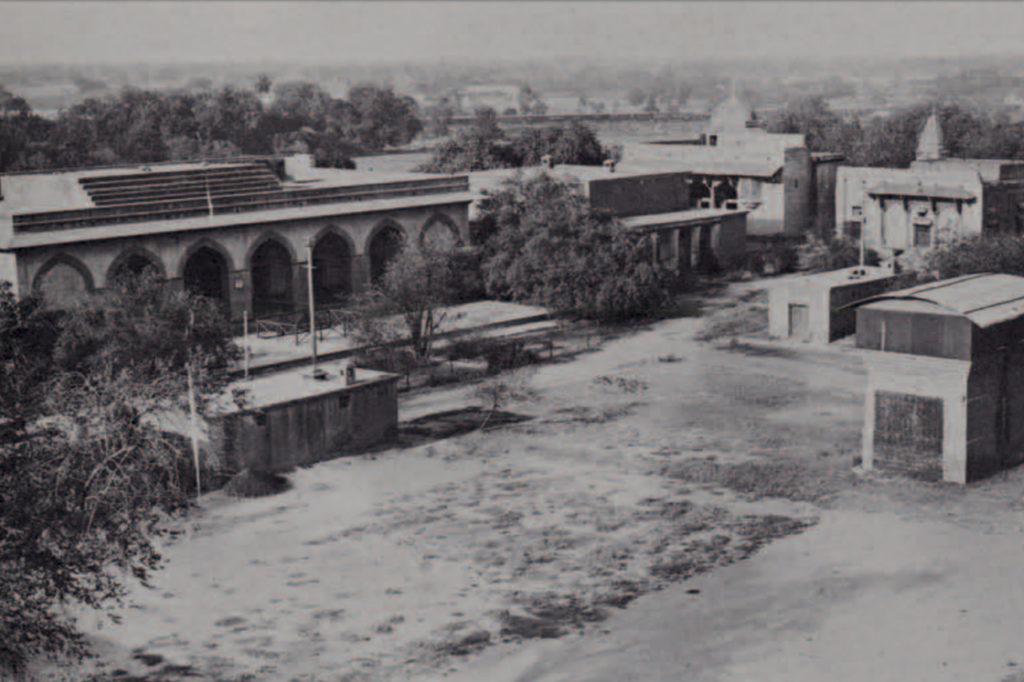
The Hazuri Bagh was full of occupied British Garrison. In fact the father of E.D. Maclagan, the famous English diplomat, was an Army Engineering Officer, sitting in the structure above the Aurangzebi gate, and occupied the floor there in 1846. Captain Maclagan was doing things, sitting at a place a stone throw away from the Mandir of Loh. But imagine the rest. They had master minded the destruction of the Wall surrounding Lahore. And like the Sikhs before them, ruthlessly tore one monument after the other. The Army was stationed outside Lohari Gate, before being shifted to Mian Meer colony. Now imagine the Lahore Fort, full of British Army, with barracks everywhere. Caring no hoot for anything of historical interest. Breaking things whenever required. In fact in 1923 they said no to R. Hargreaves, Superintendent Lahore, of the Archaeological Survey of India. But then orders came and except for a small corner the whole place was given to the department. Which corner is open to research? All this is in the report of 1924, and we studied it properly. The fort was rescued by Lord Curzon and for him, the entrance was diverted from the main gate, and a new entrance made for his inspection. History is studied with such details.
“In 1923, with the abandonment of the fortress by the British garrison, the Archaeological Service of India, began the work of restoring, repairing, and preserving what remained of the ancient structures.”
Archaeological report of 1924 says the following:
“Before any decision could be reached as to the layout of the archaeological area, it was necessary to ascertain by trial trenches what ancient remains of the Mughal and Sikh period still existed underground. The operations go down and have revealed the existence of a large tank of unsuspected form, some of the fountains of the Sikh period, ruined hammams and other structures of which drawing have been made, the dismantling of the numerous modern additions to the historical buildings have yet to be undertaken. Th chief item of expenditure has been the six-foot iron railing to be erected around the historical area.”
A draftsman copied these excavations in a large number of drawings and these must be in some record office, perhaps the British library itself. Why is 1923 important to us?
The Hindu society Sanatan Dharma Yud Sabha was after the Superintendent Archaeological Survey of India, mainly R. Hargreaves, to excavate the so called Mandir of Loh (only they knew about it), and on 11th December, 1923, the Superintendent with a team of workers went with members of the Sanatan Dharma group to explore this site. It was filled with debris in a deep hollow and for two days, cleaning and digging the area, revelation on 13th December, 1923. And what was discovered were the bones of a GIANT of a person in it. Known as Nau-Guzza in Lahore. And that is a different story, and we will take it up next time. Enjoy solid information, instead of conjectures!
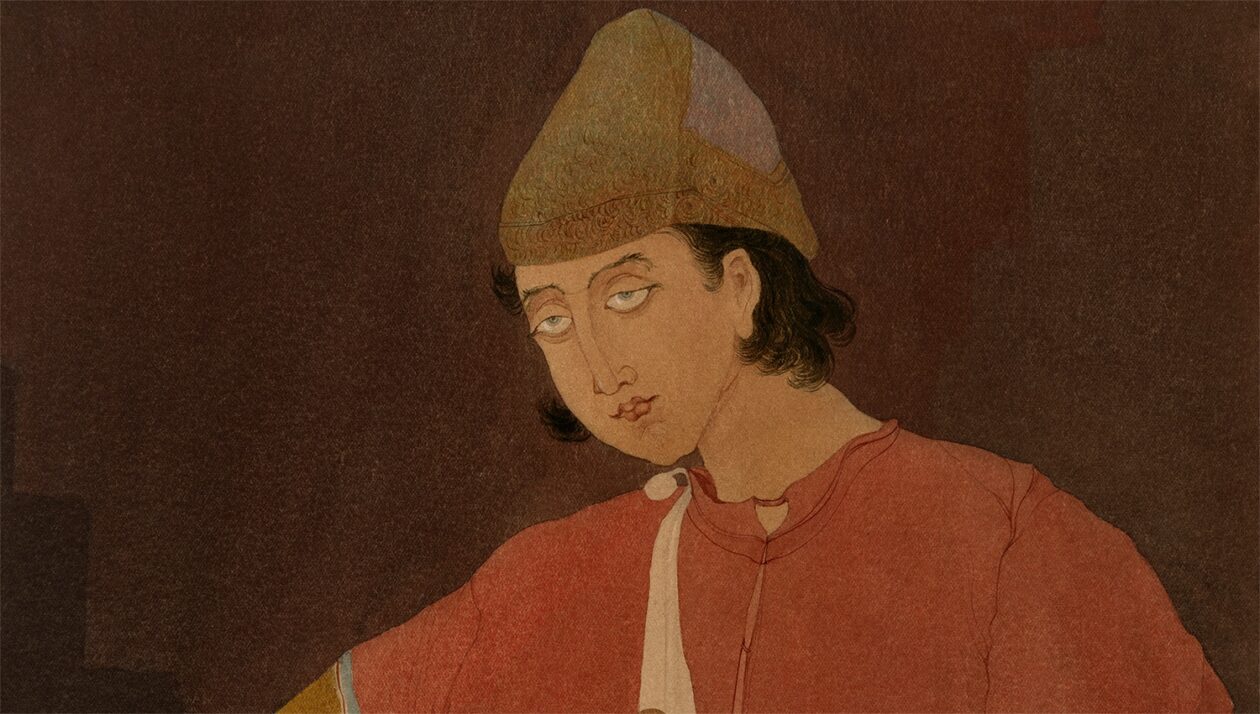


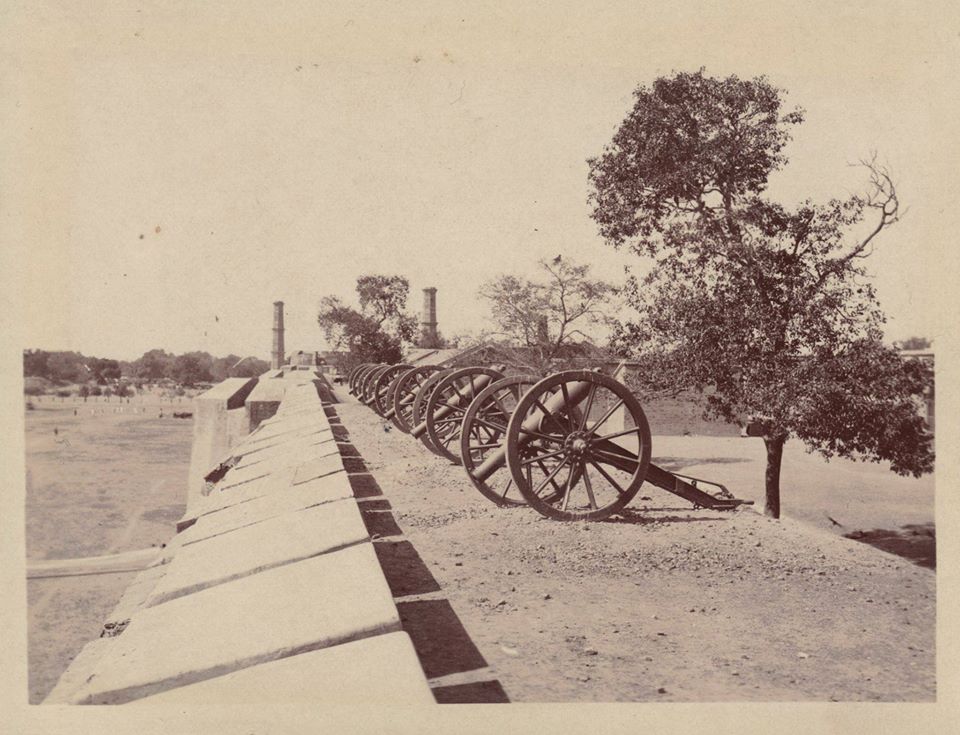
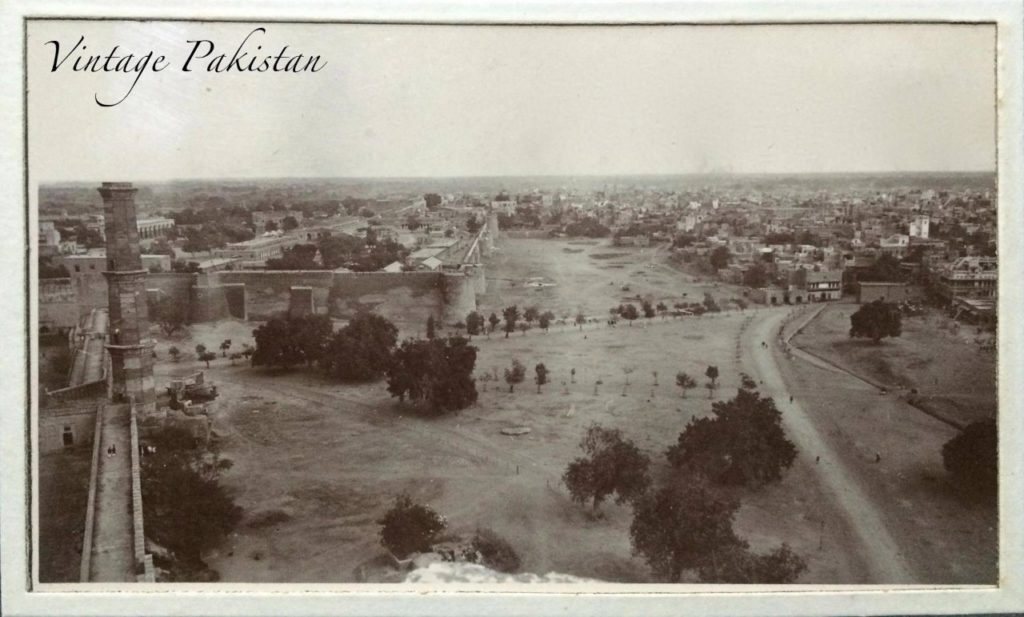
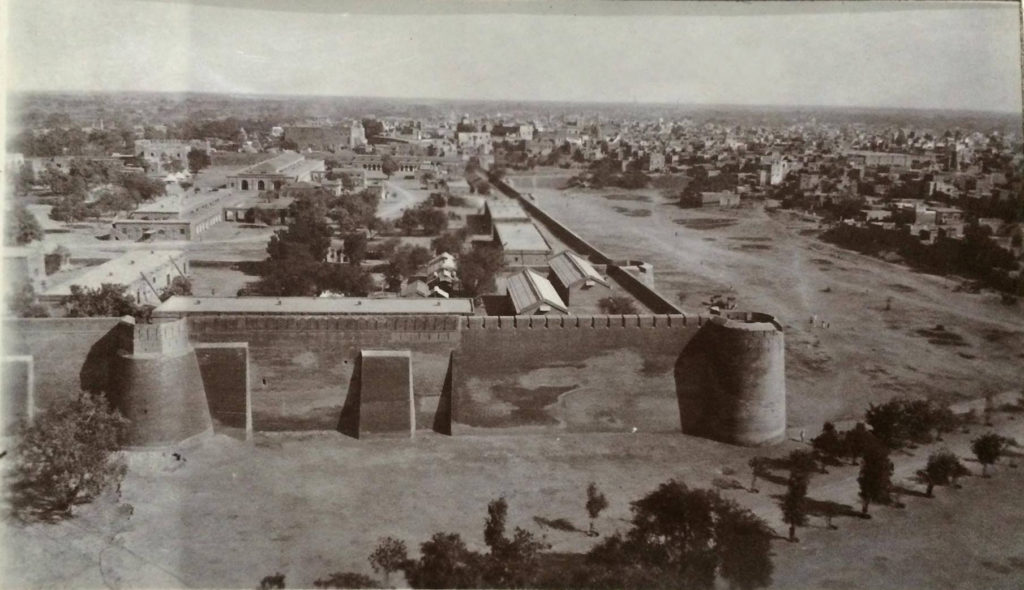
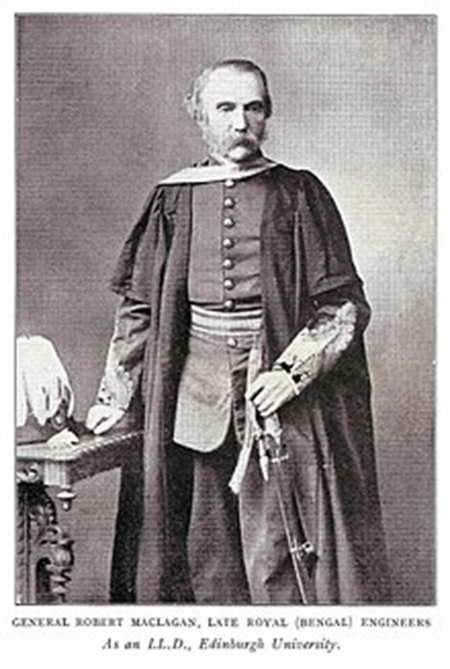
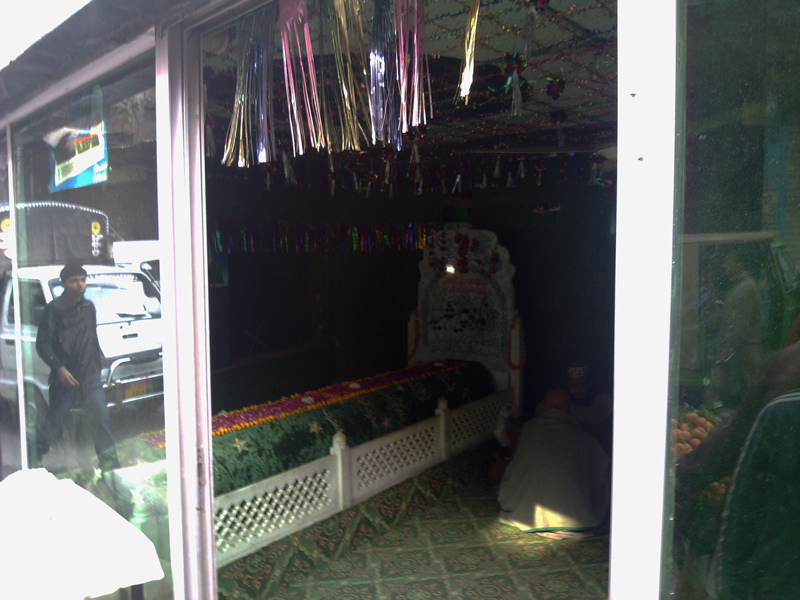
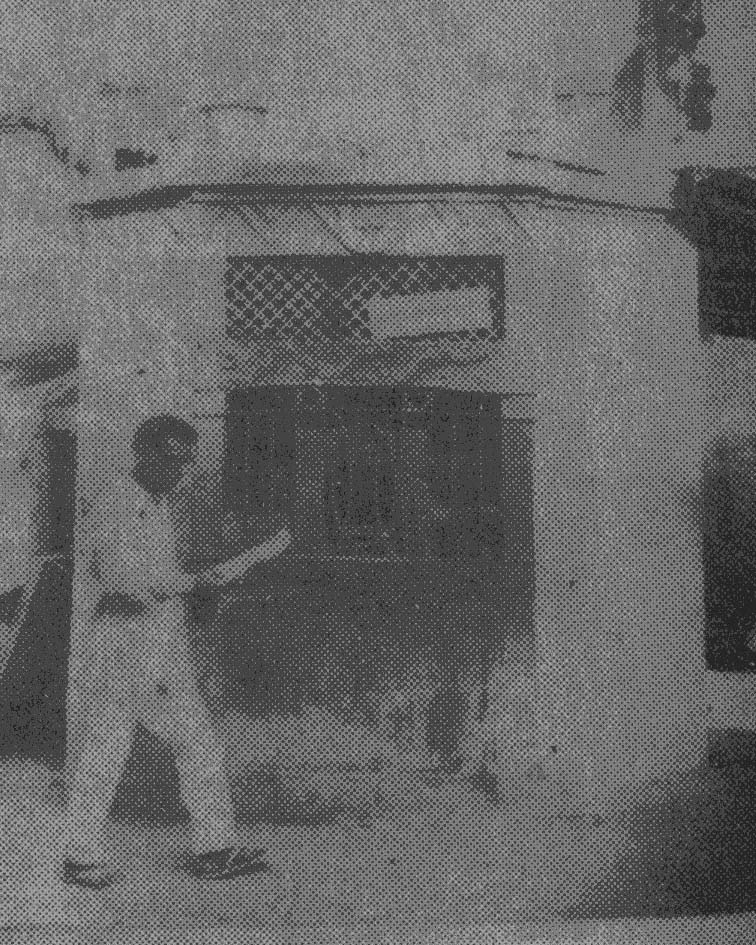
Part one proper research
Awe at well documented research
Always enjoy well researched blog
Waiting for more